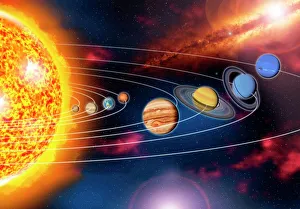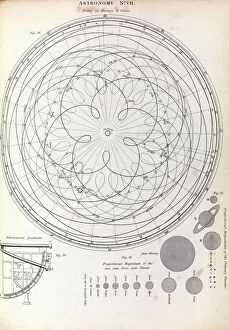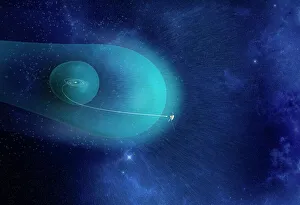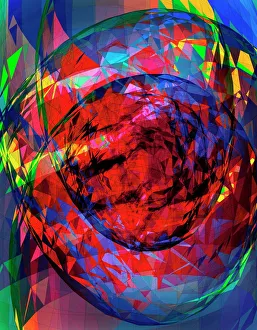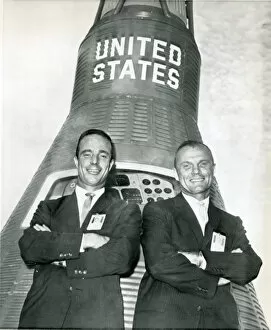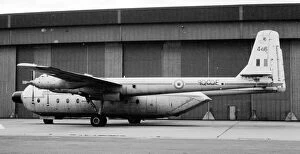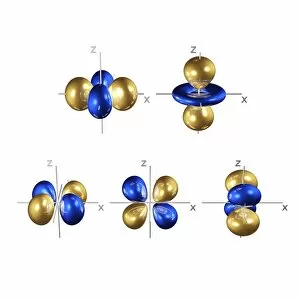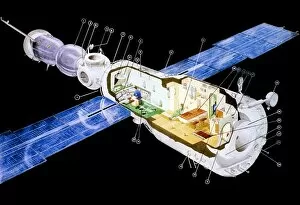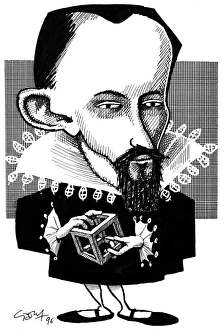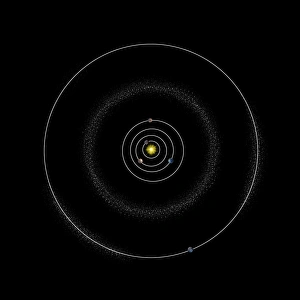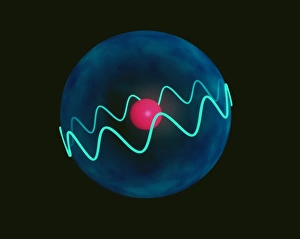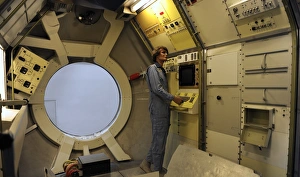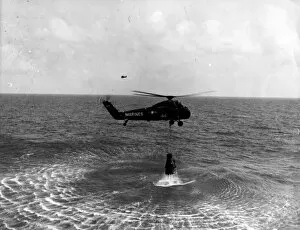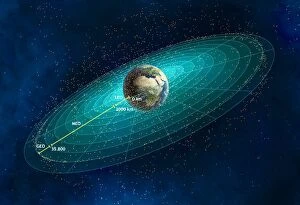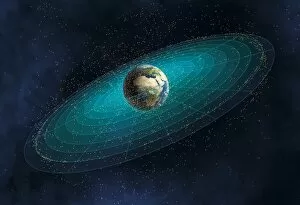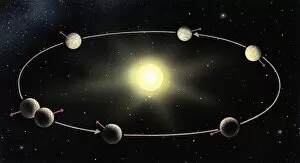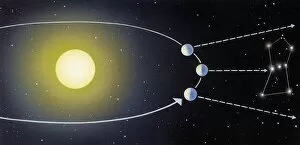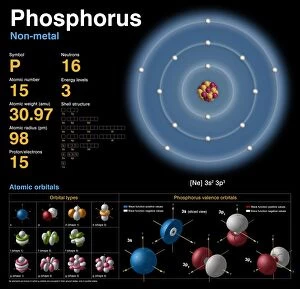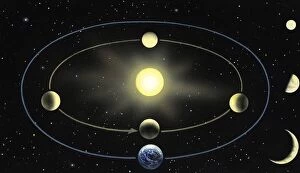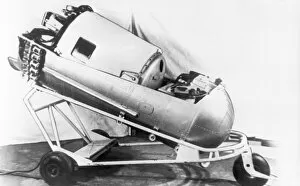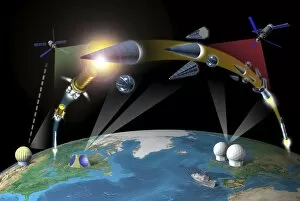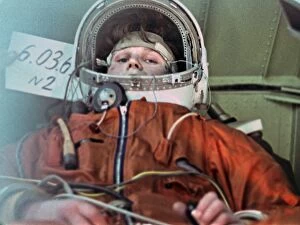Orbital Collection
"Exploring the Vastness: From Planetary Orbits to Molecular Structures" In our solar system, the planets gracefully dance in their orbital paths
All Professionally Made to Order for Quick Shipping
"Exploring the Vastness: From Planetary Orbits to Molecular Structures" In our solar system, the planets gracefully dance in their orbital paths, mesmerizing us with their celestial beauty. The intricate epicycles of Mercury and Venus, first observed in 1823, revealed the complexity of these planetary orbits. Niels Bohr, a renowned physicist, is often depicted in caricatures that symbolize his groundbreaking work on atomic structure. His theories introduced us to the concept of molecular orbitals - regions where electrons reside around atoms forming chemical bonds. As we venture beyond our home planet, the Voyager probe embarked on a trajectory through space that captured our imagination. Artwork depicting its path reminds us of humanity's relentless pursuit of knowledge and exploration. Delving deeper into atomic structures, we encounter 5f electron orbitals arranged in a cubic set. These fascinating patterns reveal how electrons occupy specific energy levels within atoms. The Armstrong Whitworth AW. 650 Argosy T. 2 9Q-COA aircraft stands as a testament to human ingenuity and technological advancements. Its sleek design embodies mankind's quest for innovation and progress. Pioneers like Malcolm Scott Carpenter and John Glenn paved the way for space exploration by fearlessly venturing into uncharted territories. Their courage inspired generations to dream big and reach for the stars. President John F. Kennedy recognized the importance of space exploration when he joined John Glenn and General Davis at Cocoa Beach Parade in 1962. This historic moment showcased America's commitment to pushing boundaries beyond Earth's atmosphere. Another variant of Armstrong Whitworth AW. 650 Argosy C1-9Q-COE highlights its versatility as it serves various purposes across different domains – from military operations to civilian transportation needs. From distant planetary orbits to microscopic molecular structures, humanity's fascination with "orbital" phenomena knows no bounds, and is through these explorations that we unravel mysteries hidden within our vast universe, forever expanding the horizons of our knowledge.

